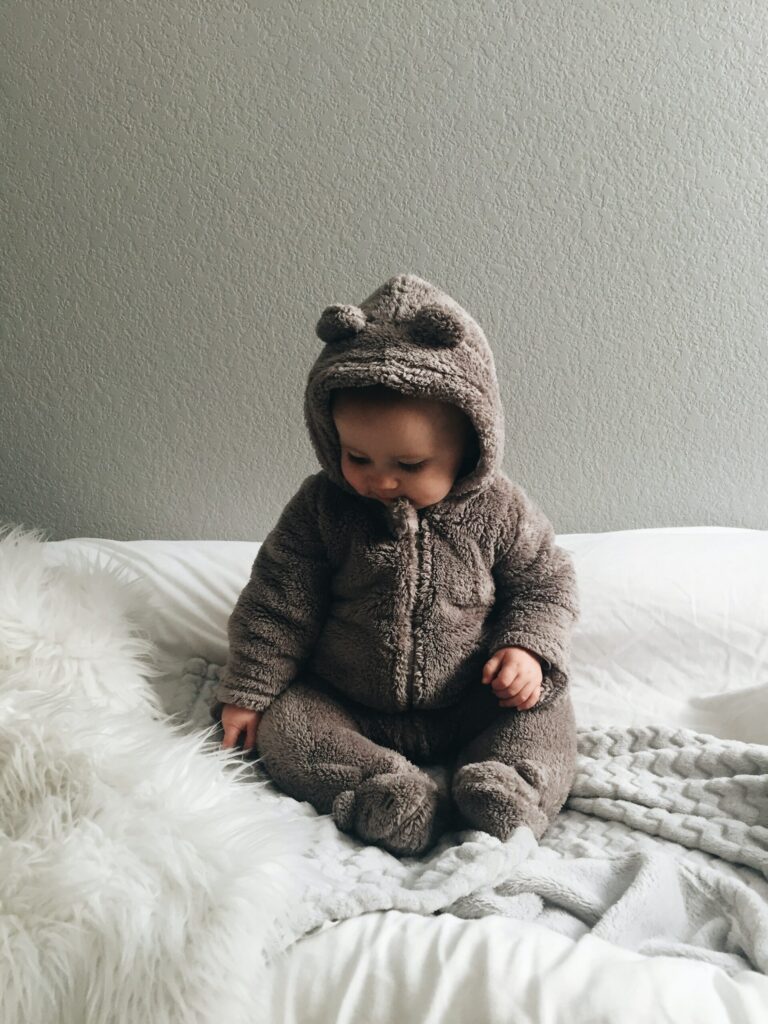- Feel Good
- 27th Dec 2022
- 827 Views
- 0
- 1 minutes
Trying for a baby? 5 reasons why ‘Twixmas’ is the best time to conceive

It turns out that the period between Christmas and New Year – where you’re filled with holiday cheer without all the pre-Santa stress – really is the best time to try for a baby.










Comments